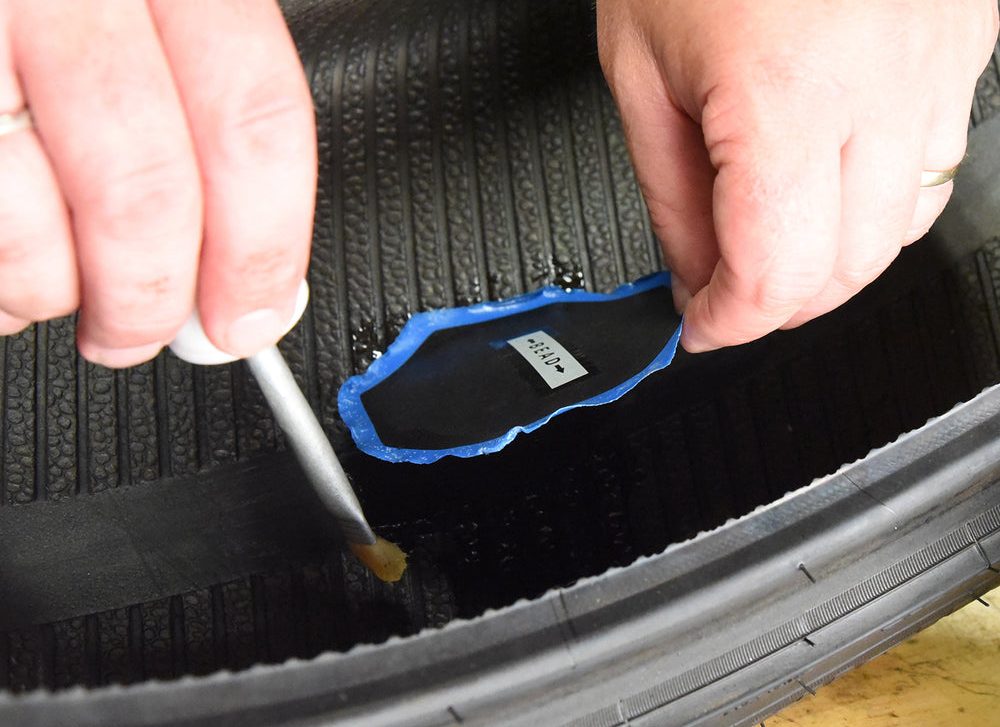Home » Tire Patches vs. Tire Plugs: Which Is Better?
What are tire patches and tire plugs? Well, they are useful when you get a flat tire. In such cases, there’s a good chance that a minor repair can get you back up and running again quickly.
Three of the most common of these “minor repairs” are:
The first option, a tire plug, is cheap and fast to administer. Plugs work best when you’ve run over a nail or similar blunt object that punctures the tire and causes it to leak air. After the nail or sharp object is removed, the plug can be inserted into the hole to fix the leak. While plugs of the old days were problematic and served more as a band-aid type of repair than anything else, many plugs available today actually vulcanize to the tire to provide better stability.
Tire patchA patch, on the other hand, is considered to be a better quality tire repair. However, it’s a bit more laborious of a repair than a plug. Patching a tire actually consists of removing the tire from the rim and then using a die grinder to clean up a 2-inch diameter around the puncture to give the patch enough of an area to bond with. The patch is then pushed from inside the tire through the outside of the tire, sealed, and let dry.
The best modern tire repair solution is a plug/patch combo product. This is one piece and it combines the best benefits of both options.
Keep in mind that not all tire damage can be repaired. For example, tire bubbles are a dangerous problem that will result in needing new tires.
The question is: Can or should you repair a tire on your own?
If you purchased your tires from a mechanic or tire-specific business, then chances are they will either plug or patch your tire for free if it develops a leak and a patch or plug can resolve the issue.
Tire plugMany tire-specific businesses will also fix your tire via these means as a way of developing goodwill with you, the customer, so that when it comes to buying new tires you’ll consider purchasing that next set from them.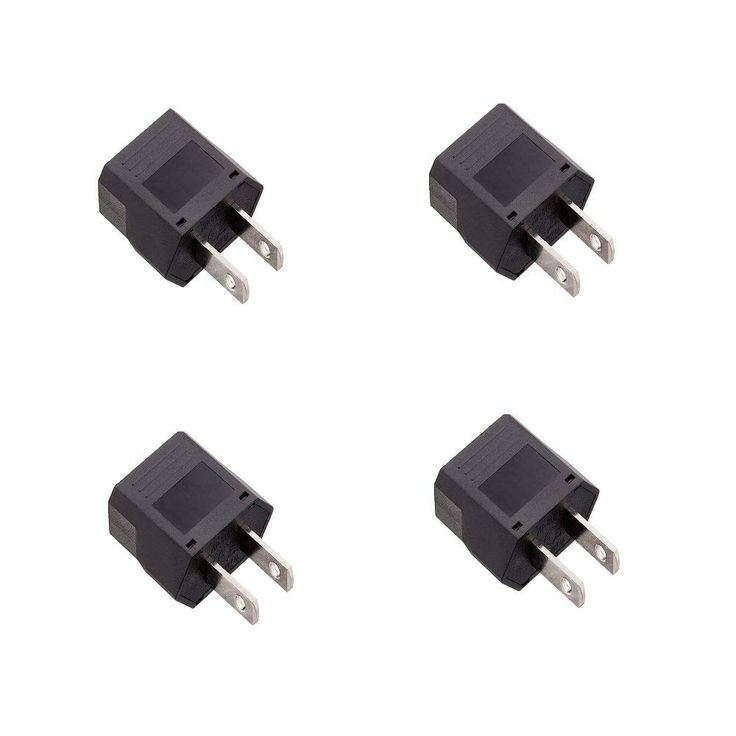
However, outside of these two scenarios, tire patching and plugging aren’t necessarily expensive (usually only $10-$20 a repair), but more of an inconvenience.
Considering this, patching your tires on your own might not be worth it.
DIY patching or plugging is still an option, yet we’d advise you to be absolutely sure of what you’re doing before going the patching route.
The plugging route is fairly simple (and cheap, as plug kits can be purchased for just a few dollars), as all you really need to do is locate the hole and insert the plug. Going the patching route is also fairly inexpensive, but there’s a lot more involved.
For instance, patching a tire consists of:

Plugs won’t usually work when a puncture is near the sidewall, as it likely won’t be able to completely seal the area. Plugs are also ineffective when the puncture is on an angle. Patches are usually the better-recommended option, but they do have their limitations. For instance, if a puncture is greater than a quarter-inch in diameter, a patch will likely be ineffective and the tire may be too damaged to repair.
What’s better – tire plugs or tire patches?Plugs, when installed correctly and in the right situations, can help a tire last for up to 25,000 additional miles. But while plugs can be effective, usually patches are considered to be the better, more secure option of the two. The patch/plug combo is the safest and most reliable option.
But while plugs can be effective, usually patches are considered to be the better, more secure option of the two. The patch/plug combo is the safest and most reliable option.
Yes and no. Years ago they were and if they aren’t installed correctly or in the right situations today, they still are. However, today’s plugs vulcanize to the tire and can help it last for tens of thousands of miles more.
If you’ve ever had a flat tire, you know the feeling of panic that sets in. Whether on the side of the road or in your driveway, all you can think about is getting your tire fixed as quickly as possible. But what’s the best way to fix a flat tire? Should you plug or patch it?
While both methods will get your tire back to functioning properly, there are some critical differences between the two. Tire plugs are typically used for smaller punctures, while patches are better for bigger holes. Plugging a tire is also generally a quicker and easier process than patching.
Plugging a tire is also generally a quicker and easier process than patching.
So, what’s the verdict? If you’re unsure which method to use, here’s a quick guide to help you make the best decision for your flat tire.
IntroductionAt some point, every driver will experience a flat tire. Whether you hit a pothole or run over a nail, it’s essential to know how to properly repair your tire so you can get back on the road safely. But what’s the best way to fix a flat? Should you plug or patch your tire?
There are two main ways to repair a flat tire: plugs and patches. Both methods have their advantages and disadvantages, so it’s important to know what each option entails before deciding. Here’s a brief overview of each repair method:
Tire plugs are inserted into the hole in your tire to seal it and prevent air from escaping. Plugs are typically made of rubber or foam and are relatively easy to install yourself with the help of a plug kit.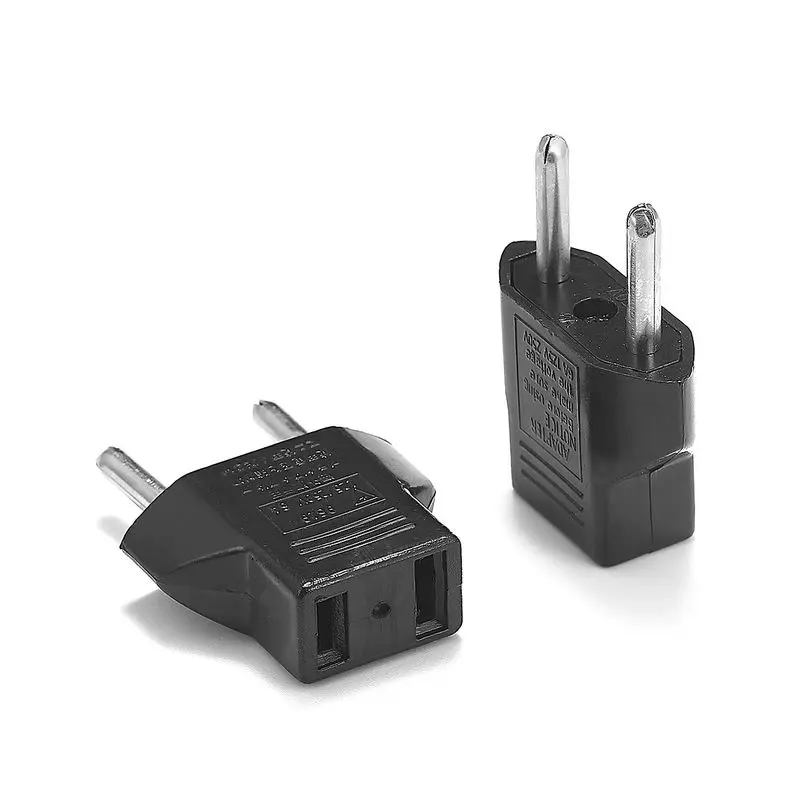
One advantage of using tire plugs is that they’re less expensive than patches. They’re also quick and easy to install, which is ideal if you’re stranded on the side of the road with a flat tire. However, one downside of plugs is that they’re not as durable as patches and may not last as long. Additionally, some experts believe that plugs can actually cause more damage to your tires over time.
Tire patches are applied to the outside of your tire and bonded with adhesive. Unlike plugs inserted into your tires, patches are used to cover holes in the outermost layer of your tire (the tread). Patches are generally considered more durable than plugs and they provide a longer-lasting repair. However, they can be more difficult to install yourself and they typically cost more than plugs.
If you have a choice between patching or plugging your tire, most experts recommend patching because it provides a stronger, longer-lasting repair. However, both methods can be effective ways to fix a flat tire if done properly. If you’re unsure about which option is best for your situation, it’s always best to consult with a professional before making a decision.
If you’re unsure about which option is best for your situation, it’s always best to consult with a professional before making a decision.
A tire plug is a temporary fix for a punctured tire. It is a piece of rubber or other material that is inserted into the hole in the tire to seal it and prevent air from escaping.
What is a tire patch?A tire patch is a small piece of rubber that is used to repair a hole or puncture in a tire. There are two types of tire patches: inner tube patches and tubeless patches. Inner tube patches are used on tires that have an inner tube, while tubeless patches are used on tires that do not have an inner tube.
How to plug a tireIf you have a flat tire, you may be wondering whether you should plug or patch it. Tire plugs and patches each have their own advantages and disadvantages, so it’s important to know what to consider before making a decision.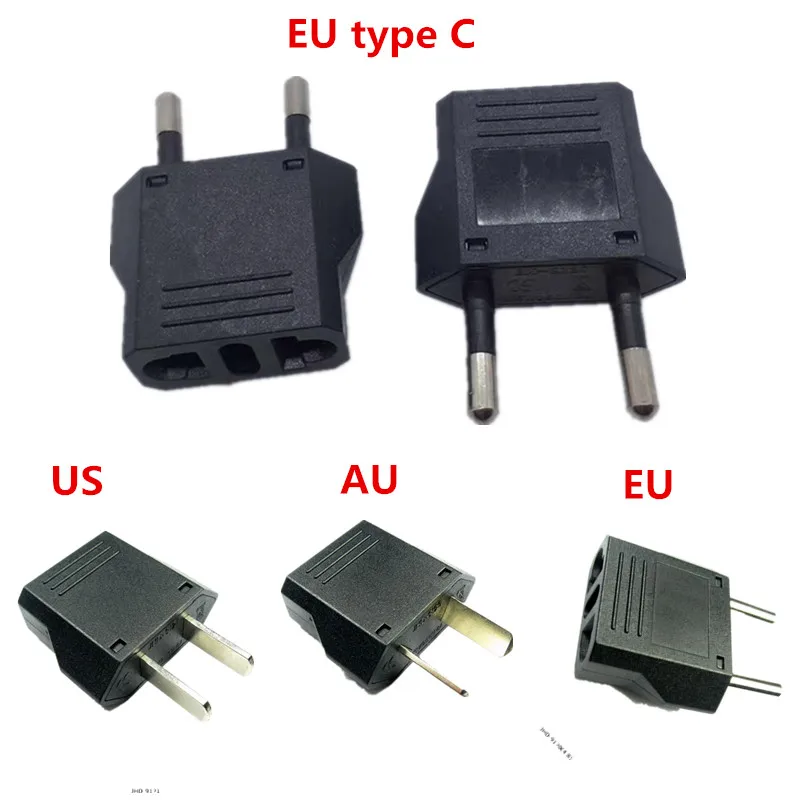
Let’s take a closer look at the benefits and drawbacks of each option so you can make the best decision for your situation.
Tire plugs are inserted into the hole in your tire to seal it and prevent air from escaping. Plugs are typically made of rubber or latex, and they’re relatively easy to install yourself.
One advantage of tire plugs is that they’re typically less expensive than patches. They’re also quick and easy to install, which can be important if you’re stranded on the side of the road with a flat tire.
However, there are some drawbacks to tire plugs as well. One is that they don’t always provide a permanent fix; the plug could come out over time, which would leave you with another flat tire. Additionally, air can still leak around the edges of the plug, so it may not hold pressure as well as a patch. And finally, some tire experts believe that plugs can actually weaken the sidewall of your tire, making it more susceptible to future flats.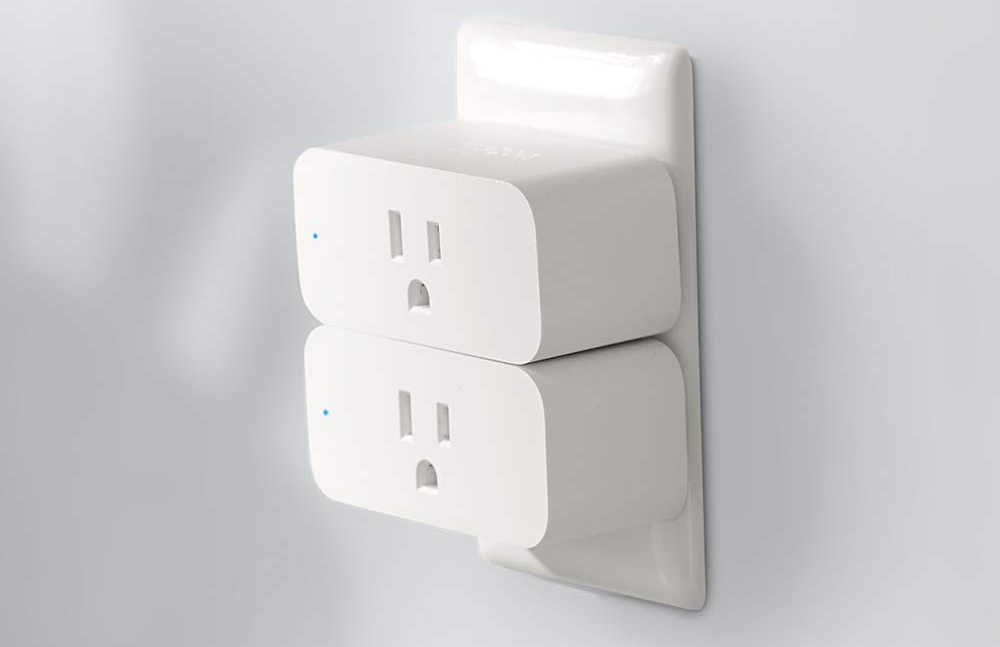
Patching Your Tire Patching your tire involves bonding a patch over the hole in your tire to create a new airtight surface. Patches are usually made from vulcanized rubber, which means they can provide a very strong and permanent repair.
One advantage of patches is that they’re very sturdy and long-lasting; once a patch is installed, it shouldn’t come off or allow air to escape. Additionally, because patch bonding material actually permeates into tiny crevices in the sidewall of your tire, it can provide an even stronger repair than a plug.
There are some disadvantages to patching as well, though. One is that it’s typically more expensive than installing a plug; you’ll need to pay for both the patch itself and for labour if you have someone else do it for you. Additionally, because patches require removal of the tire from the rim (to allow access for bonding material), they usually take longer to install than plugs do
How to patch a tireThere are two ways to fix a flat tire: You can either plug it or patch it.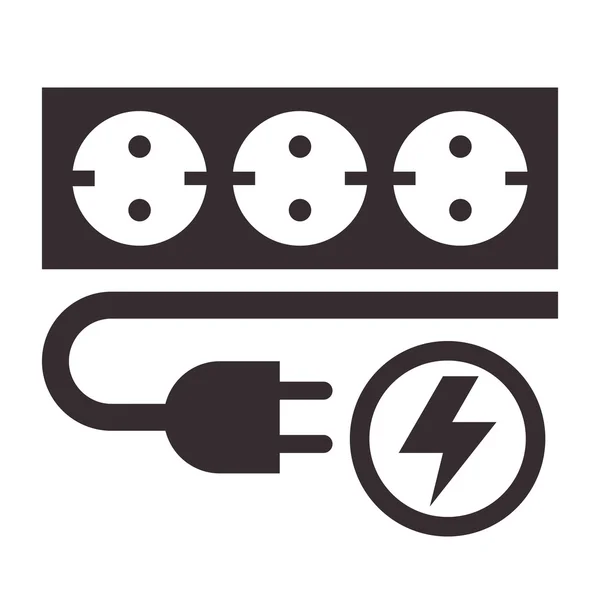 Both methods are fairly easy to do, but they each have their own set of pros and cons.
Both methods are fairly easy to do, but they each have their own set of pros and cons.
Tire plugs are typically made of rubber or latex and are inserted into the tire to fill the hole. Tire plugs are a quick and easy fix, and they can be done without even taking the tire off of the car. However, tire plugs are not a permanent fix, and they may not be as effective in sealing larger holes.
Tire patches, on the other hand, require you to take the tire off of the car so that the hole can be patched from the inside. Tire patches are a more permanent solution, but they do require more time and effort to complete.
Tire plug vs tire patchThere are two different ways to fix a flat tire: with a tire plug or a tire patch. But which one is the better option?
Tire plugs are inserted into the hole in the tire to seal it up. They’re quick and easy to do, and they’re a temporary fix. Tire patches, on the other hand, are glued onto the hole in the tire.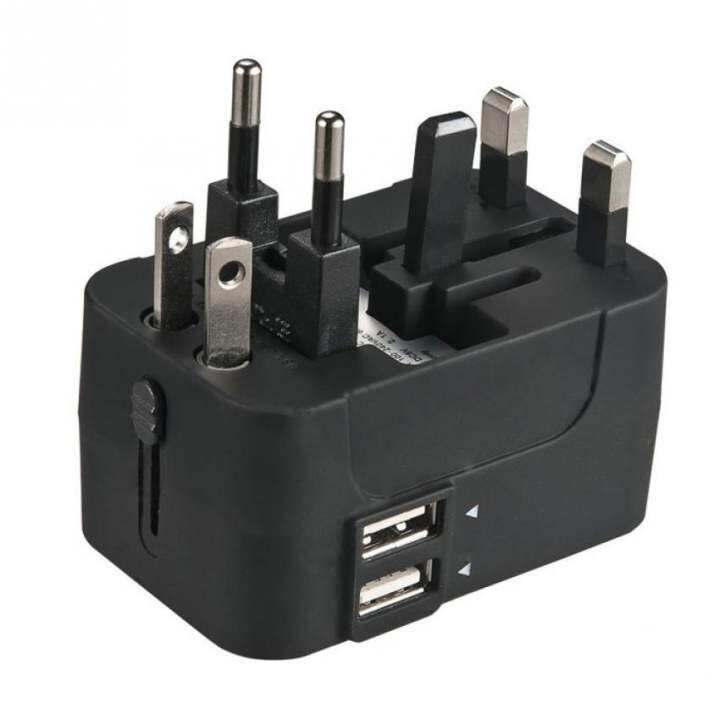 They take longer to do, but they’re a more permanent solution.
They take longer to do, but they’re a more permanent solution.
So, which one should you choose? If you have a small hole in your tire, a tire plug will probably be just fine. But if you have a large hole or if your tire is severely damaged, you’ll need a tire patch.
Tire servicesTire services can be performed at a wide variety of businesses, from car dealers to local gas stations. However, not every business offers the same quality or range of services. When it comes to something as important as your tires, it’s important to choose a reputable company that can offer the services you need.
There are two basic types of tire repair: plugs and patches. Both have their benefits and drawbacks, and the best choice for you will depend on the severity of the damage and your personal preferences.
Tire plugs are typically used for small punctures in the tread of the tire. They are inserted into the hole and then inflated, expanding to fill the hole and seal it off. Plugs are a quick and easy way to repair a flat tire, but they are not considered permanent fixes. They may also come out over time, especially if they are not installed correctly.
Plugs are a quick and easy way to repair a flat tire, but they are not considered permanent fixes. They may also come out over time, especially if they are not installed correctly.
Tire patches are similar to plugs, but they involve bonding a patch over the hole in the tire. This patch is then inflated along with the rest of the tire. Patches provide a more permanent solution than plugs, but they can be more difficult to install correctly.
Tire repair near meIt’s happened to all of us. You’re driving along and suddenly you hear that telltale thump, thump, thump. You pull over to the side of the road and discover you have a flat tire. Now what? For years, motorists have been debating whether it’s better to patch or plug a tire when they get a flat. The truth is, there is no definitive answer. It depends on the kind of tire damage you have and the condition of your tires. Here’s a look at the pros and cons of each method to help you decide what’s best for you.![]()
Patching a tire is generally considered to be the most reliable repair method because it offers a permanent fix. A professional technician will remove the wheel from your car, take out the damaged inner liner, clean the area around the hole, and apply a vulcanizing patch over the hole. The patch is then covered with cement before being inflated and checked for leaks.
Pros: Patching is a permanent repair that will strengthen the tire and prevent air from leaking.
Cons: Patching can be more expensive than other repair methods because it requires special equipment and training. In addition, some tire experts believe that patching may shorten the overall life of your tires because it can make them more susceptible to heat build-up. If not done correctly, patching can also cause further damage to your tires.
Plugging a tire is generally considered a temporary repair method that should only be used in emergencies. To plug a tire, a professional technician will insert a special rubber plug into the hole in your tire, and the plug is then inflated and checked for leaks.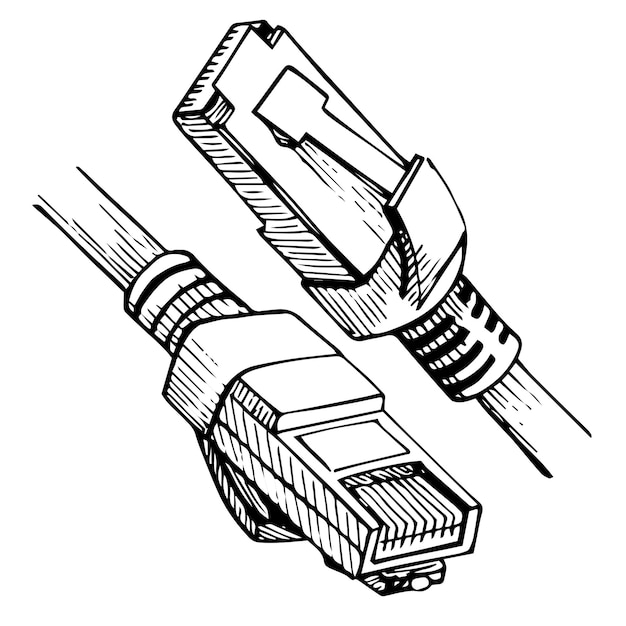
Pros: Plugging is less expensive than other repair methods and can usually be done quickly and easily by anyone with basic automotive knowledge.
Cons: Because it’s only a temporary fix, plugs can come out of your tires over time, causing air to leak out again. In addition, some experts believe that plugs can cause further damage to your tires because they leave holes in the tread that can collect water and snow, which can lead to sidewall or tread separations over time.
Back
0
#31
Hedin said:
For a person, acceleration does not work or works with problems. We're trying to figure out the cause.
Attached Gothic.ini and three more patches that are needed in Chronicles, especially for those without DX11. Unzip the patches and put them in / system. But most likely something else is interfering with you, did you definitely delete the acceleration dll that you installed the very first one? And you still haven't taken screenshots of /system. You can also system / autorun and what is now in / Data and / Data / Plugins.
Click to expand...
Well I tried to insert this gothic.ini. The same. Moreover, the plugin itself does not give any information and changes in appearance. Only shows acceleration if enabled. And then not the first time because the slide show turns on.
Folder date, union 1.08m, archlos version 1.25, quickloot is filled in the plugins folder. Moving it to all vdfs doesn't change anything. everything is working.
--- Added: ---
In the system folder, too, everything is clean.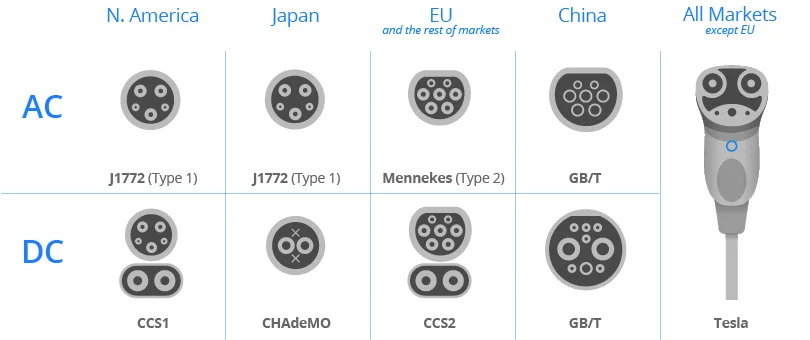 I uploaded the Speeworld.dll file here, but then deleted it (I also tried it with the autorun folder, to no avail)
I uploaded the Speeworld.dll file here, but then deleted it (I also tried it with the autorun folder, to no avail)
--- Added: ---
Well, my gothic ini
GOTHIC.7z
3.8 KB Views: 10
0
#32
@ggg21 what's in Autorun?
Try my system https://drive.google.com/file/d/1KRejLPgt-MPV0X1kT2F9YPS2X_ait9im/view?usp=sharing
Archive your system folder just in case, copy it somewhere and delete it.
Plug-in for add. move the info to /Plugins.
Move zMiscUtils to /Plugins or remove it temporarily for testing purposes.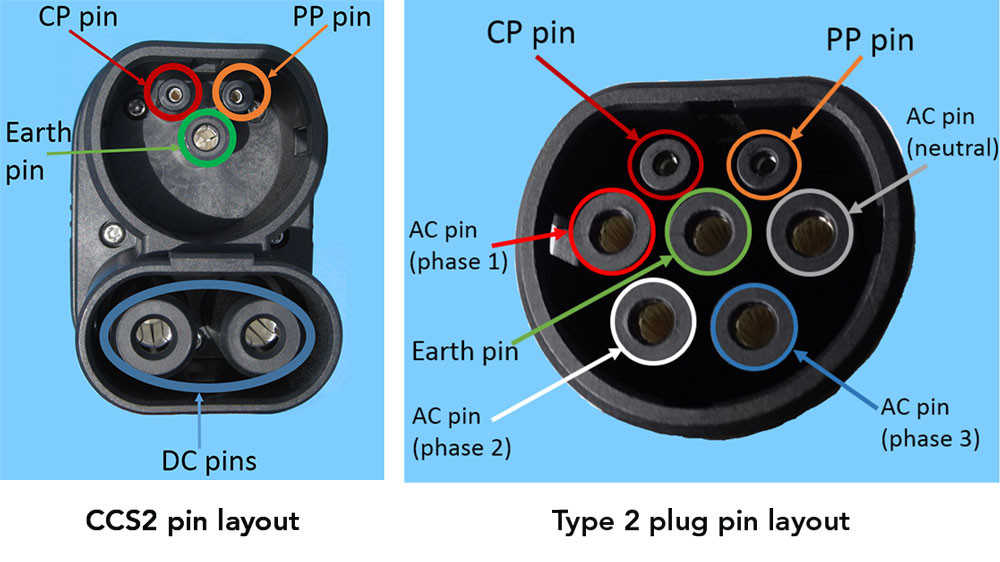 Then return it and also place it in /Data/Plugins.
Then return it and also place it in /Data/Plugins.
P.S. if it doesn’t work, write in a personal, I’ll send a link for a test to my entire Chronicles of Myrtana, where it definitely works.
Last edit:
0
#33
@Hedin, I understand perfectly, just don't touch Quick loot and other plugins
0
#34
Hedin said:
@ggg21 what's in Autorun?
Try my system https://drive.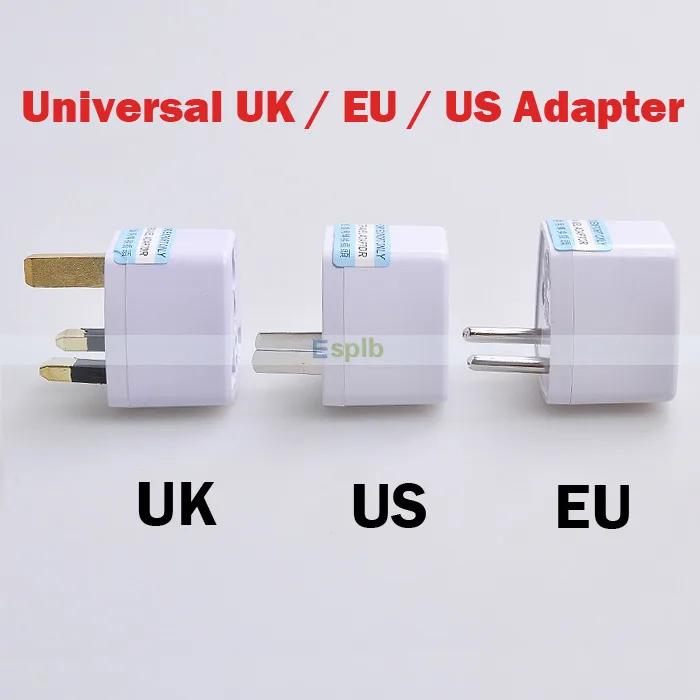 google.com/file/d/1KRejLPgt-MPV0X1kT2F9YPS2X_ait9im/view?usp=sharing
google.com/file/d/1KRejLPgt-MPV0X1kT2F9YPS2X_ait9im/view?usp=sharing
Just in case, archive your system folder, copy it somewhere and delete it.
Plug-in for add. move the info to /Plugins.
Move zMiscUtils to /Plugins or remove it temporarily for testing purposes. Then return it and also place it in /Data/Plugins.
P.S. if it doesn’t work, write in a personal, I’ll send a link for a test to my entire Chronicles of Myrtana, where it definitely works.
Click to expand...
All done. Nothing has changed, also lags. Of the changes: a window appeared with the download.
--- Added: ---
I tried an interesting option with a plugin from Liker for NB. Removed everything superfluous.
In general, it does not lag with it, it just hangs hard when you exit the game. It just doesn't work like that. How many do not press Z.
It just doesn't work like that. How many do not press Z.
But, if you run to the river in the village, plunge into it, then in this case the acceleration can somehow switch) at the same time alt, down and Z) as if it works when immersed in the river and the acceleration turns on and off if needed. It doesn't work that way on the ground, no matter how hard you press it.
Last edit:
0
#35
I also tested it, it doesn't lag with lines that the plugin from Liker in NB prescribes in Gothic.ini
Lags with lines that the plugin from Licker in Arholos prescribes in Gothic.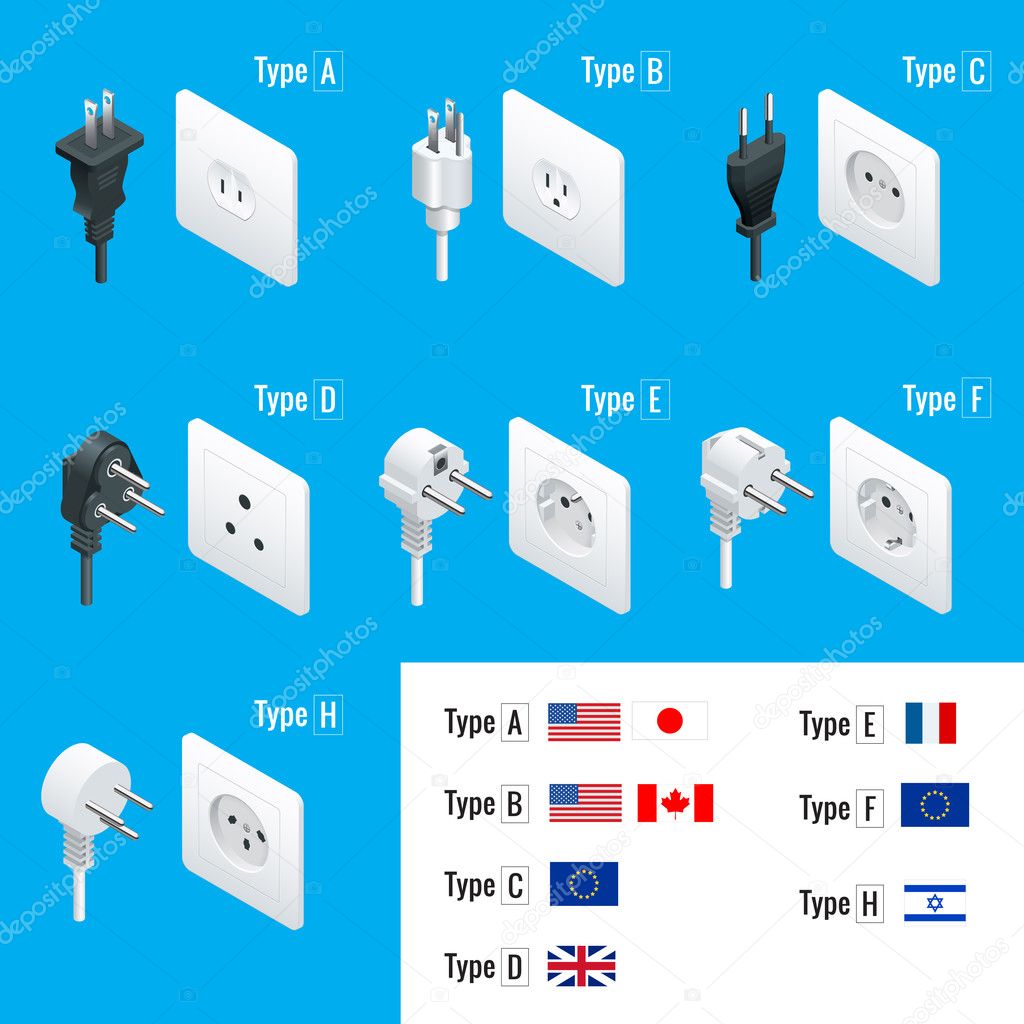 ini.
ini.
Code:
[CHANGEWORLDTIME] sTime=Time: showAccelerationString=0 key=Z timeScale=3
That's because of something this lags.
If you add to the code the code that adds the plugin to the NB, then it does not lag, but the acceleration then works in the water.
i.e. like this does not lag, but it works only through immersion in water. Mystic.
Code:
"These are lines from NB" bToggleWorldTimeAcceleration=1 ActivationKey=Z AccelerationRatio=3 "This adds a plugin to archolos" [CHANGEWORLDTIME] sTime=Time: showAccelerationString=0 key=Z timeScale=3
All together it doesn't lag, but it also works strangely through water.
--- Added: ---
It seems that they found a problem with Hedin's - the GOG galaxy application, it prescribes something to the game, which, when adding a plug-in with acceleration, made the game lag.
Last edit:
0
#36
ggg21 said:
It seems that the Hedins found a problem - the GOG galaxy application, it writes something into the game, which, when adding a plug-in with acceleration, made the game lag.
Click to expand...
Like Liquor or someone wrote that it should be removed.
Last edit:
Dear guests and newcomers, welcome to our forum
Here you can find answers to almost all your questions about the Gothic series of games (including various mods for it), The Witcher, Risen, The Elder Scrolls, Age of the Dragon and many other games. You can also find out the latest news about the development of new projects, play exciting FRPGs, admire the creativity of our members of the forum, or show yourself what you can do. And finally, you can discuss common hobbies or just have fun chatting with visitors to the Tavern.
You can also find out the latest news about the development of new projects, play exciting FRPGs, admire the creativity of our members of the forum, or show yourself what you can do. And finally, you can discuss common hobbies or just have fun chatting with visitors to the Tavern.
To be able to write on the forum, leave a message in this thread.
Good luck!
Friends, good day! Hurry up to take part in the contest "Mysterious Worlds" 2023!
We are waiting for you!
Link to the contest theme - tyk
JavaScript is disabled. To fully use our website, please enable JavaScript in your browser.
Plugins will be collected here, for which creating a separate theme would be redundant.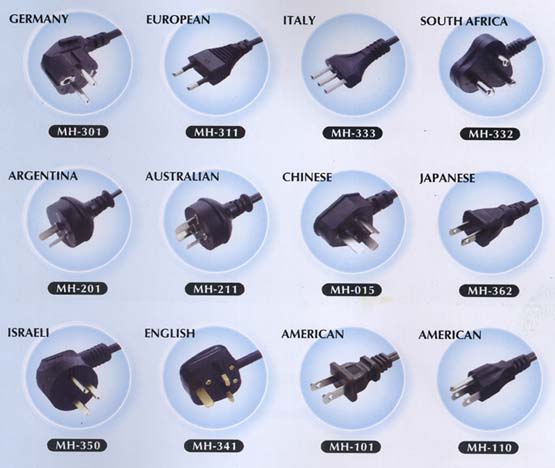
Plug-ins distributed using the exe installer can be uninstalled by the same installer.
Plugins distributed as vdf volumes should be placed in the Data/Plugins/ folder.
Each plugin, unless otherwise noted, must work on all versions of the game: Gothic I Classic (G1) , Gothic I Sequel (G1A) , Gothic II Classic (G2) , Gothic II Addon (G2A) .
The plugin code and the plugins themselves, authored by me, can be distributed and used without restrictions.
If there are several attachments of the same name in one post, download the latest one. There is no right to delete old attachments.
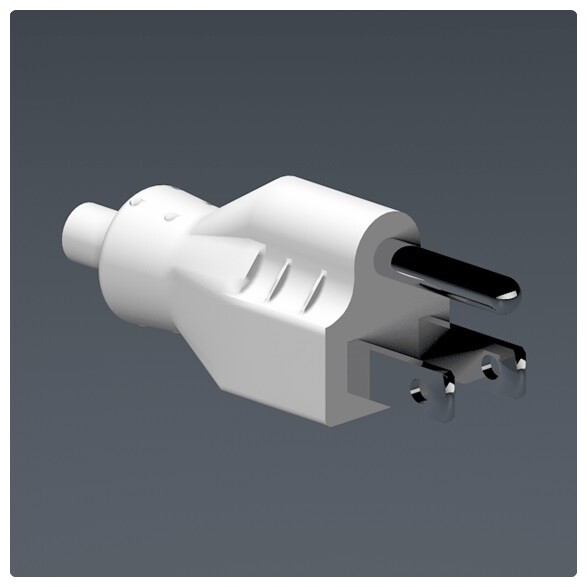 Adds pop-up messages about the damage done.
Adds pop-up messages about the damage done.  Allows you to save in different slots without any extra effort.
Allows you to save in different slots without any extra effort. 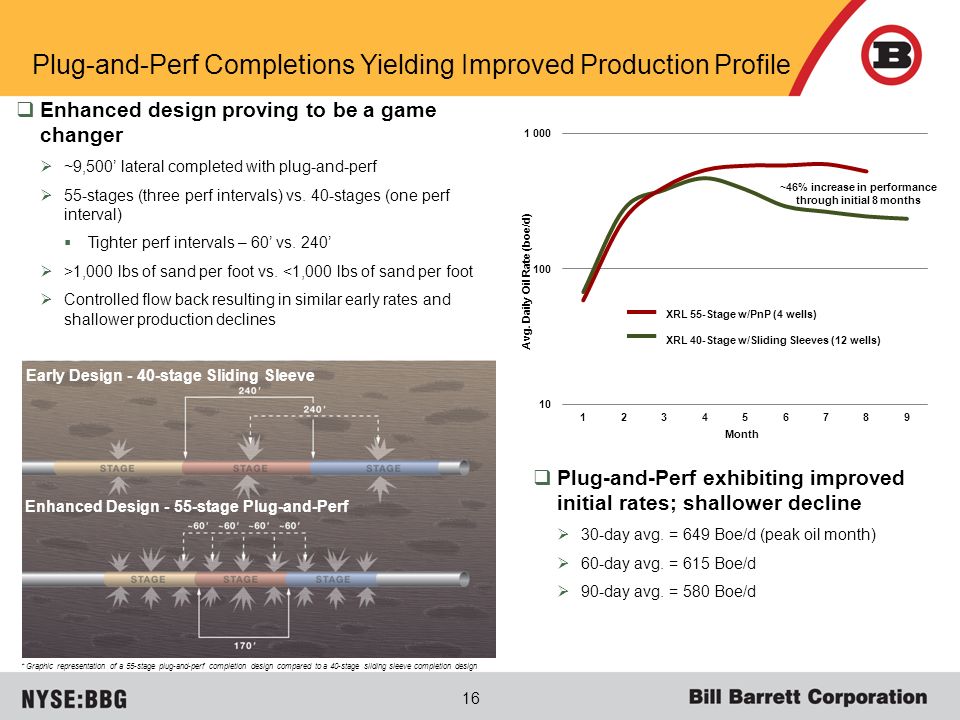
Last edit:
QuickLoot Plugin - Plugin doesn't work in Ahssun's Legend mod( Can you fix it?. . I really liked this particular loot collection plugin because of showing text on the right and smooth text animation. And can I also add, if not difficult, setting the text color? Thank you !
. I really liked this particular loot collection plugin because of showing text on the right and smooth text animation. And can I also add, if not difficult, setting the text color? Thank you !
Quick loot works for me, everything is fine, please don't edit anything.
and in general, absolutely all plugins work fine.
except for quick loot - displaying information with time acceleration, sprinting, hacking chests, looking for a light, relaxation, free teleports,
hotbar, manaregen, hp regen, human remaster, DreamGothic combat, which he did for Odyssey,
+ Ninja is still installed, and several system plugins.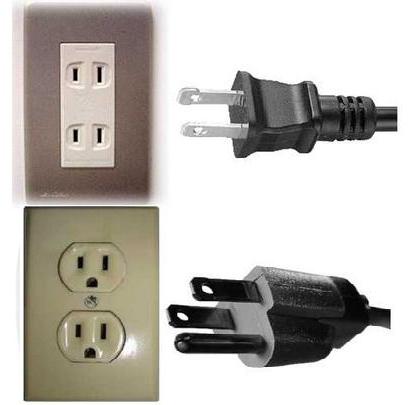
I've been playing for 2 days, nothing has ever bugged.
Hello everyone.
KyMuP_1 wrote:
DreamGothic fight that he made for Odyssey
Click to expand...
What is this, if not a secret?
KirTheSeeker,
Ody_Replacer_03 - new animations for one-handed and two-handed weapons at the master level,
new sprint animation
in the texture pack section in the Odyssey installation header can be viewed.
KyMuP_1 wrote:
please don't edit anything.
Click to expand...
i.e. you alone, right? Pfft, okay.. If it works for you, it doesn't mean that I'm stupid or imagining or anything. The plugin does not work in the Ahssuna Legend mod. If everything works for you, then use it to your health. Why do you write so that the author does not correct anything? I have already checked several times. It is this plugin that does not work with the Legend of Ahssuna mod!
Also Plugin Union_Hotbar_1. 0f works somehow incorrectly. After some time spent in the game, if you then exit completely from the game and re-enter and try to load the save, then it no longer loads - a crash to the desktop with an error that refers to this plugin. Without it, the save will load again. And when I started a new game, everything worked with the plugin for the hot bar and the game was completely loaded without crashing with an error and the saves worked.
0f works somehow incorrectly. After some time spent in the game, if you then exit completely from the game and re-enter and try to load the save, then it no longer loads - a crash to the desktop with an error that refers to this plugin. Without it, the save will load again. And when I started a new game, everything worked with the plugin for the hot bar and the game was completely loaded without crashing with an error and the saves worked.
.Unreal wrote:
If it works for you, it doesn't mean that I'm stupid or imagining or something.
The plugin does not work in the Ahssuna Legend mod.
Press to open...
To be honest, this is the first time I've heard that Slavemaster's quickclut didn't work for someone. How exactly does it not work?
.Unreal wrote:
And you can also add, if not difficult, setting the color of the text? Thank you!
Click to expand...
Eh, I hope Slavemaster doesn't kill me. People sometimes ask in PM (dropColorRGB=0,204,153)
Xedin wrote:
To be honest, this is the first time I've heard that @Slavemaster's quickloot didn't work for someone.
How exactly does it not work?
Press to open...
Yes, I'm no less surprised myself .. In other mods everything is fine .. It's just that loot is not collected by RMB or V.
.Unreal wrote:
Also Plugin Union_Hotbar_1.0f works somehow incorrectly. After some time spent in the game, if you then exit completely from the game and re-enter and try to load the save, then it no longer loads - a crash to the desktop with an error that refers to this plugin.
Without it, the save will load again. And when I started a new game, everything worked with the plugin for the hot bar and the game was completely loaded without crashing with an error and the saves worked.
Press to open...
It was revealed by brute force that this plugin conflicts with the zBrightLight plugin for reasons I don't understand (so far only in the Ahssun Legend mod). There were no problems with this in other mods. I had to choose which of the plugins to temporarily remove from the game folder. So far I'm playing without a hot bar..( If I can fix this moment somehow, I'll be very grateful! and the text itself is shown on the left.I'm still not used to it..But this quick collection plugin at least works exactly with the Legend of Ahssun mod.0005
.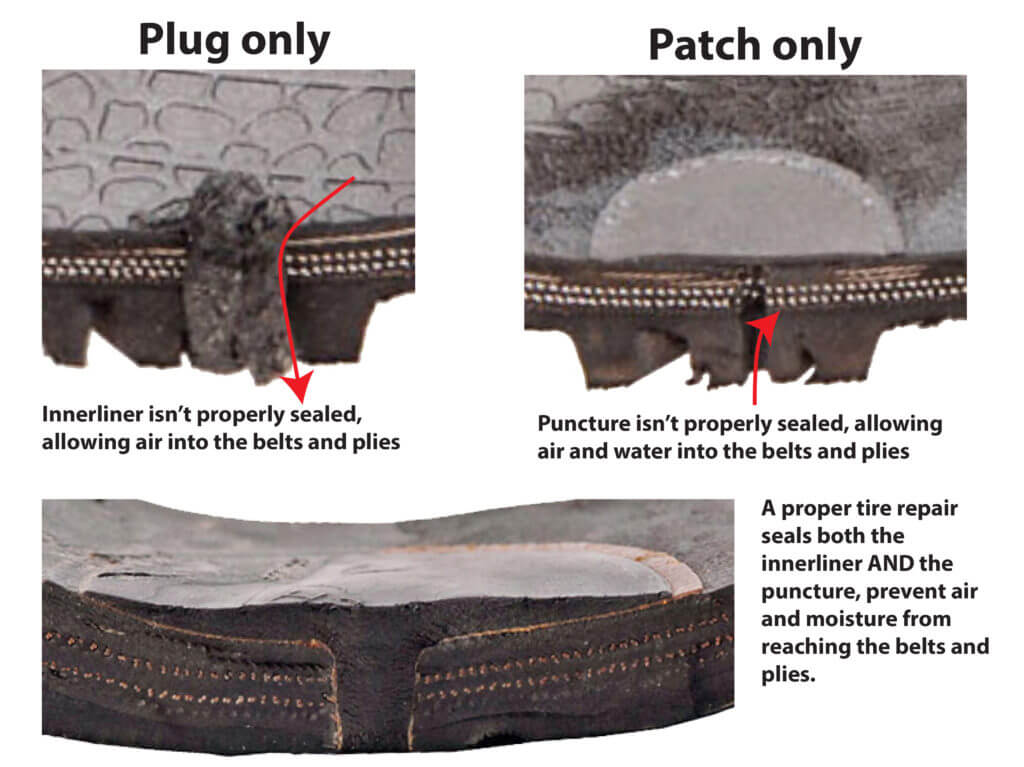 Unreal, try removing the [UNION_QUICKLOOT] section and temporarily remove G2NR_QuickLootPlugin
Unreal, try removing the [UNION_QUICKLOOT] section and temporarily remove G2NR_QuickLootPlugin
.Unreal, sometimes I see similar crash logs. Some of the issues causing this crash I fixed in the latest zParserExtender. Try to put the current one from the manager on top.
.Unreal wrote:
QuickLoot Plugin - Plugin doesn't work in Ahssuna Legend mod( Can you fix it?..
Click to expand...
To correct, you need to know the cause. If you want to help with her search, first make a minimal installation of the mod: G2NV + patch Union + Union 1.0k. + Union_QuickLoot + Legend of Ahssun (German) . Well, or at least make a copy of the folder with the mod and remove everything unnecessary from it (other plugins, DX11). If the quickloot still doesn't work, set SystemPack.ini to ShowDebugWindow=true, and make sure UNION_QUICKLOOT.DLL was loaded successfully when starting the game.
If the quickloot doesn't work, I'll make a test version with the display of technical information on the screen.
Xedin wrote:
Oh, I hope @Slavemaster doesn't kill me.

Click to expand...
I'm never against using my plugin code if it makes any sense.
Slavemaster wrote:
I'm never against using my plugin code if it makes any sense.
Click to expand...
well, there is a point, in different modes and locations it is not always clearly visible with the default color. Moreover, everything in the code was prepared for this, maybe there was not enough time to add it.
Yes. I did everything as you advised and came to this conclusion. Found another plugin that caused a conflict. Or rather, it was because of this plugin that an error constantly popped up, which for some reason referred to the HotBar. The screenshot of this error is attached above. We are talking about the Union_Relax plugin. If you remove it from the Date folder, then the game loads without errors and with all plugins and everything works!
Now regarding the Plugin QuickLoot Plugin. As I understand it, it did not work, most likely because it was installed before the Legend of Ahssun mod.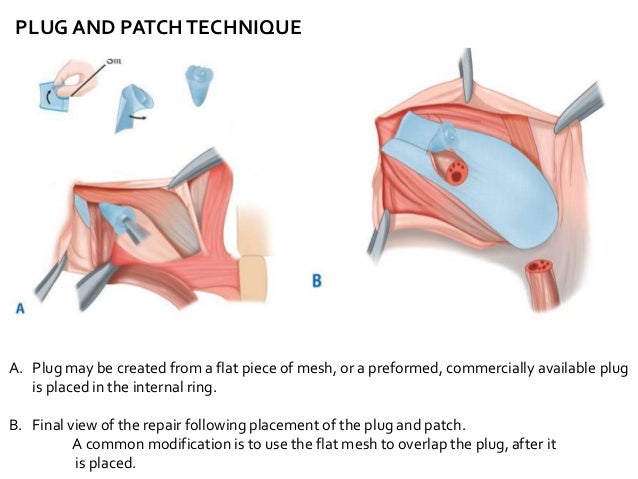 Deleting the plugin and reinstalling it after installing the mod helped and now the plugin works correctly with this mod too! In principle, it would probably be enough to transfer the plug-in section to gothic.ini - put it after the Ahssuna Legend mod section. This is how the plugin worked for me. Now in gothic.ini the quickloot plugin section is at the very end, after the Legend of Ahssuna mod section and the plugin now works in this mod too!
Deleting the plugin and reinstalling it after installing the mod helped and now the plugin works correctly with this mod too! In principle, it would probably be enough to transfer the plug-in section to gothic.ini - put it after the Ahssuna Legend mod section. This is how the plugin worked for me. Now in gothic.ini the quickloot plugin section is at the very end, after the Legend of Ahssuna mod section and the plugin now works in this mod too!
The only plugin that so far in this mod does not work in combination with all the plugins that I use and that I like is Union_Relax. This plugin works in other mods, but in the Ahssun Legend it only works if the Union_Hotbar_1.0k plugin is removed. In general, for some reason it is in this mod that there is a conflict, as it turned out, of these two plugins - Union_Relax and Union_Hotbar_1.0k. Here is a list of plugins that I use. There is nothing superfluous in the date folder, except for the Union_Relax and zNoFriendlyFire plugins.
Last edit:
.Unreal wrote:
Union_Relax
Click to open...
ie does the quicklut work without it? What is this plugin anyway?
Xedin wrote:
ie does the quicklut work without it? What is this plugin anyway?
Click to expand...
No. See my post above. I edited it. I accidentally sent it ahead of time, without finishing it. This plugin allows both corsairs to wait for some time anywhere without using the bed. Very useful plugin!
This plugin allows both corsairs to wait for some time anywhere without using the bed. Very useful plugin!
.Unreal, and who is the author and where to read the source?
.Unreal wrote:
Yes. I did everything as you advised and came to this conclusion. Found another plugin that caused a conflict. Or rather, it was because of this plugin that an error constantly popped up, which for some reason referred to the HotBar. The screenshot of this error is attached above. We are talking about the Union_Relax plugin. If you remove it from the Date folder, then the game loads without errors and with all plugins and everything works!
Now regarding the Plugin QuickLoot Plugin. As I understand it, it did not work, most likely because it was installed before the Legend of Ahssun mod. Deleting the plugin and reinstalling it after installing the mod helped and now the mod works correctly with this mod too! In principle, it would probably be enough to transfer the plug-in block to the system.ini - put it after the Legend Ahssun mod block. This is how the plugin worked for me. Now in the system.ini, the quickloot plugin block is at the very end, after the Ahssun Legend mod block, and the plugin now works in this mod too!
The only plugin that so far in this mod does not work in combination with all the mods that I use and that I like is Union_Relax.This plugin works in other mods, but in the Ahssun Legend it only works if the Union_Hotbar_1.0k plugin is removed. In general, for some reason it is in this mod that there is a conflict, as it turned out, of these two plugins - Union_Relax and Union_Hotbar_1.0k. Here is a list of plugins that I use. There is nothing superfluous in the date folder, except for the Union_Relax and zNoFriendlyFire plugins.
Press to open...
I forgot to add about the plugin zParserExtender . If you install this plugin, then the Ahssuna Legend mod loads successfully, even if I have the Union_Relax plugin with all plugins! But the Union_Relax plugin doesn't work in the game. That's why the game loads successfully. As I understand it, the plugin zParserExtender blocks it. If you remove the plugin zParserExtender , then the Union_Relax plugin starts working again - the game crashes again with an error in the Legend Ahssuna mod. I repeat the problem is only in this mod (at the moment). I checked on the original and in the Brotherhood of the Sleeper mod - there are no problems with all these plugins together (without plugin zParserExtender , which I installed today on the advice of Gratt).
I repeat the problem is only in this mod (at the moment). I checked on the original and in the Brotherhood of the Sleeper mod - there are no problems with all these plugins together (without plugin zParserExtender , which I installed today on the advice of Gratt).
.Unreal wrote:
Removing the plugin and reinstalling it after installing the mod helped and now the mod works correctly with this mod too! In principle, it would probably be enough to transfer the plug-in block to the system.
ini - put it after the Legend Ahssun mod block. This is how the plugin worked for me.
Press to open...
Why write it in systempack.ini? Or do you mean gothic.ini? Can you attach them? Interesting to see what you have there.
Gratt wrote:
@.Unreal, and who is the author and where to read the source?
Click to expand...
As I understand it, the author is N1kX. Here is a link to his post on this plugin:
Here is a link to his post on this plugin:
https://worldofplayers.ru/threads/36817/page-237#post-1106201
Post automatically merged:
Xedin wrote:
Why write it in systempack.ini? Or do you mean gothic.ini? Can you attach them? Interesting to see what you have there.
Press to open...
Oh yes - Gothic.ini. I messed up, sorry. Here:
Last edit:
.